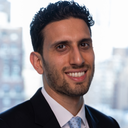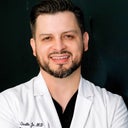There’s no limit to how many times someone can have breast fat transfer. Personally, I’ve done four rounds of fat transfer in a few cases that were primarily related to breast cancer surgery. In those cases, the procedures were covered by insurance, because the underlying diagnosis was breast cancer. I don’t think you have an underlying diagnosis that will pay for breast fat transfer. I don’t know what criteria Canadian insurance companies use it in the United States The only insurance based indication for fat transfer to the breast, is in patients with breast cancer. The procedure is generally billed as a symmetry surgery after cancer, surgery, or revision of reconstructed breast.




